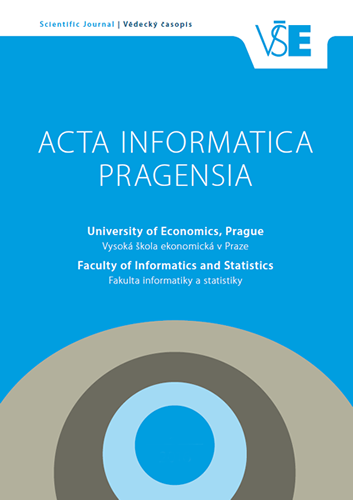Deep Learning Techniques for Quantification of Tumour Necrosis in Post-neoadjuvant Chemotherapy Osteosarcoma Resection Specimens for Effective Treatment Planning
Deep Learning Techniques for Quantification of Tumour Necrosis in Post-neoadjuvant Chemotherapy Osteosarcoma Resection Specimens for Effective Treatment Planning
Author(s): T. S. Saleena, P. Muhamed Ilyas, V. M. Kutty Sajna, A. K. M. Bahalul HaqueSubject(s): ICT Information and Communications Technologies
Published by: Vysoká škola ekonomická v Praze
Keywords: Necrosis; U-Net++; DeepLabv3+; ResNet; Osteosarcoma; Tissue volume calculation
Summary/Abstract: Osteosarcoma is a high-grade malignant bone tumour for which neoadjuvant chemotherapy is a vital component of the treatment plan. Chemotherapy brings about the death of tumour tissues, and the rate of their death is an essential factor in deciding on further treatment. The necrosis quantification is now done manually by visualizing tissue sections through the microscope. This is a crude method that can cause significant inter-observer bias. The suggested system is an AI-based therapeutic decision-making tool that can automatically calculate the quantity of such dead tissue present in a tissue specimen. We employ U-Net++ and DeepLabv3+, pre-trained deep learning algorithms for the segmentation purpose. ResNet50 and ResNet101 are used as encoder parts of U-Net++ and DeepLabv3+, respectively. Also, we synthesize a dataset of 555 patches from 37 images captured and manually annotated by experienced pathologists. Dice loss and Intersection over Union (IoU) are used as the performance metrics. The training and testing IoU of U-Net++ are 91.78% and 82.64%, and its loss is 4.4% and 17.77%, respectively. The IoU and loss of DeepLabv3+ are 91.09%, 81.50%, 4.77%, and 17.8%, respectively. The results show that both models perform almost similarly. With the help of this tool, necrosis segmentation can be done more accurately while requiring less work and time. The percentage of segmented regions can be used as the decision-making factor in the further treatment plans.
Journal: Acta Informatica Pragensia
- Issue Year: 12/2023
- Issue No: 1
- Page Range: 87-103
- Page Count: 17
- Language: English

